A very rare, complex congenital heart disease, tetralogy of Fallot affects approximately 5 out of every 10,000 babies. It involves four different heart issues. It usually presents with ventricular septal defect, pulmonary stenosis, right ventricular hypertrophy, and overriding aorta, affecting how blood flows through the heart and to the rest of the body. Babies with this condition may have Cyanosis and appear blue or gray due to low oxygen levels. Doctors usually identify it during pregnancy or shortly after birth. In some cases, if symptoms are mild, they may remain unnoticed until adulthood. Treatment involves surgery, and lifelong checkups are necessary for those diagnosed with this condition.
The symptoms of Tetralogy of Fallot vary based on how much blood flow is restricted from leaving the heart for the lungs. Signs may include
Tetralogy of Fallot is typically identified shortly after a baby is born. Signs include the baby's skin having a bluish or grayish tint and the presence of a heart murmur, a whooshing sound heard with a stethoscope.
These tests play a crucial role in understanding and addressing the tetralogy of Fallot.
There are two main approaches for treating tetralogy of Fallot: complete intracardiac repair and temporary or palliative repair.
Complete Intracardiac Repair (Open-heart Surgery): This surgery focuses on ensuring proper blood flow to the lungs. The passageway between the right ventricle and the pulmonary artery is widened to facilitate a smooth blood flow, supplying oxygen-rich blood to the entire body. Additionally, a patch is placed to cover the Ventricular Septal Defect, preventing the mixing of oxygen-rich and oxygen-poor blood between the ventricles. These two repairs correct the heart valve defects and ensure a consistent supply of oxygen-rich blood throughout the body.
Temporary or Palliative Repair: This approach is for infants who might not be strong enough for full surgery. It temporarily corrects the blood flow to the lungs. The surgeon inserts a shunt between a large artery branching off the aorta and the pulmonary artery. This creates an extra pathway for blood to reach the lungs for oxygen. As the child grows, a complete intracardiac repair is performed, and the shunt is removed, resolving the heart defects.
After tetralogy of Fallot treatment, your doctor may suggest measures to maintain heart health. These could include:
The patient is monitored closely for a week or more. Since the surgery is an open heart procedure extra care should be given while taking care of the patient. The incision for the surgery heals completely in 6 weeks and proper care should be taken to ensure that it doesn’t infect.
Activity Guidelines: Depending on the severity of the heart condition, some individuals may need to restrict exercise or sports activities. It's important to consult with your healthcare team to determine which activities are safe.
Antibiotics for Heart Protection: In cases where serious heart issues increase the risk of heart lining or valve infections (endocarditis), antibiotics might be recommended, In case of Temporary repair, the patient may need medicines to keep the shunt open while waiting for the full repair. These medicines are stopped after the shunt is removed.
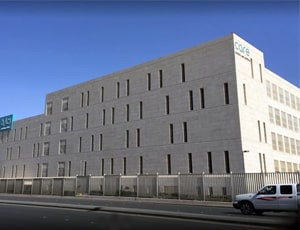
Riyadh, Saudi Arabia
History Riyadh care hospital is a highly specialized hospital with world-class infrastructure. The ...more
![]() Airport Transfer
Airport Transfer
![]() Choice of Meals
Choice of Meals
![]() Interpreter
Interpreter
![]() SIM
SIM

Lustmuhle, Switzerland
History Dr. Walter Winkelmann, a well-known naturopath founded Paracelsus clinic approximately 62 y...more
![]() Airport Transfer
Airport Transfer
![]() Choice of Meals
Choice of Meals
![]() Interpreter
Interpreter
![]() SIM
SIM
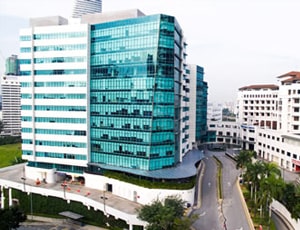
Kuala Lumpur, Malaysia
History Parkway Pantai Hospital in Kuala Lumpur, Malaysia is operating under the Parkway Pantai gro...more
![]() Airport Transfer
Airport Transfer
![]() Choice of Meals
Choice of Meals
![]() Interpreter
Interpreter
![]() SIM
SIM
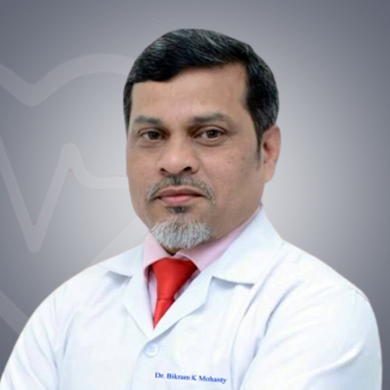
Cardio Thoracic & Vascular Surgeon
Delhi, India
27 Years of experience
USD 42 for video consultation
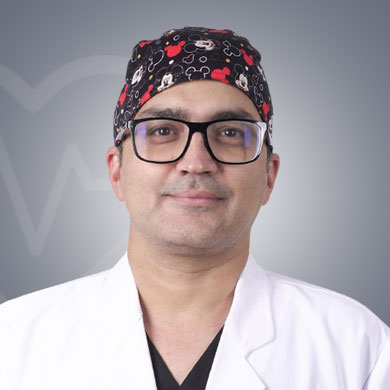
Pediatric Cardiac Surgeon
Faridabad, India
14 of experience
USD 40 for video consultation
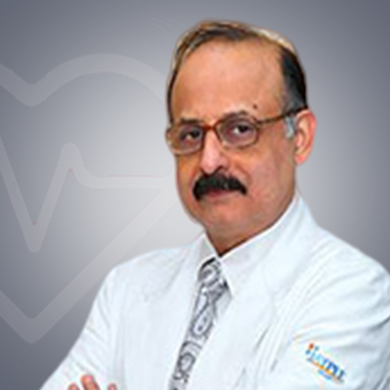
Pediatric Cardio Thoracic Surgeon
Delhi, India
30 Years of experience
USD 52 for video consultation
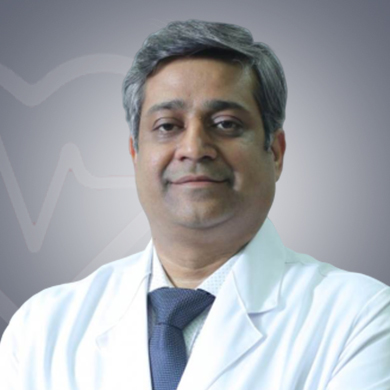
Cardio Thoracic & Vascular Surgeon
Delhi, India
20 Years of experience
USD 32 for video consultation